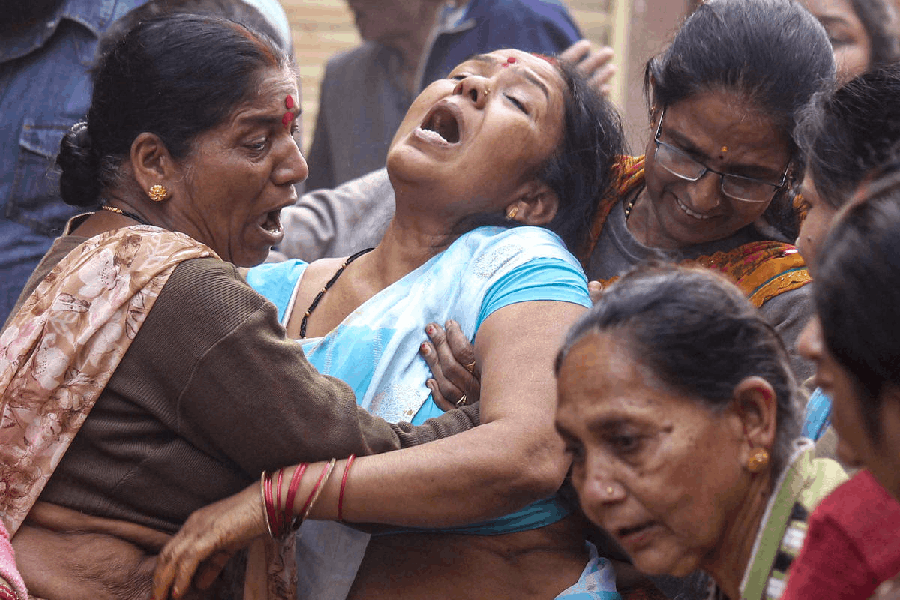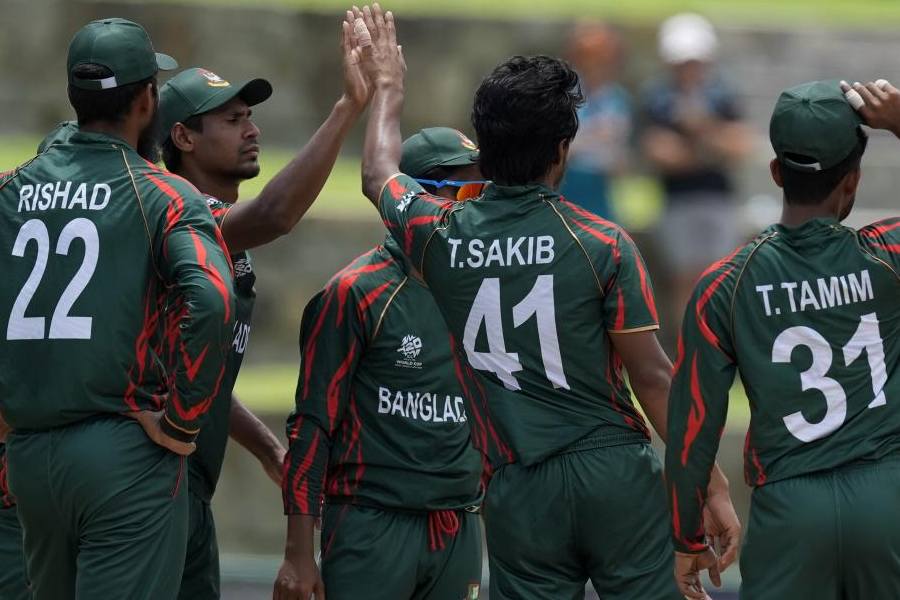Manoranjan Byapari’s is one of the most powerful voices to emerge recently, not only in Bengali writing, but also on Dalit identity. After Interrogating My Chandal Life: An Autobiography of a Dalit (Itibritte Chandal Jibon), There’s Gunpowder in the Air is the second of his books to be translated into English.
Though technically fiction, it is difficult to say whether There’s Gunpowder is a novella, an account of real life, or an autobiography. It reads like all three, because Byapari’s life is written into his books. The ‘story’ in There’s Gunpowder is set in a prison in Calcutta where Byapari himself spent two years after having been arrested on suspicion of being a Naxalite. During his stay in the prison as an undertrial in the early 70s, he had heard many “stories”, which made him write There’s Gunpowder, with only the names changed.
Byapari, a Namashudra, who taught himself to read and write when he was in prison and later worked as a rickshawala, does not bring up Dalit identity directly as a concern in this book. There’s Gunpowder is about an attempt at a jailbreak. The plan is being hatched by five bright young Naxalites. The prison, for the Naxals, is the perfect metaphor for the oppression by the state — “It seems they are in jail with the sole intention of defying and demolishing its solid walls as well as its rules and regulations.”
Byapari’s voice quite breathlessly weaves their stories together, and tells them in the most straightforward way possible, not paying much attention to the demands of the craft of fiction. The writing is often imperfect. The characters cannot be said to have much psychological depth, the plot moves jerkily from one point to another and long polemical speeches abound.
Further, the book quite uncritically and adoringly upholds the Naxalite ideology, and sometimes is earnest enough to be slightly boring.
Yet the book’s rough and uneven texture, which shows despite Arunava Sinha’s crisp translation, is also its virtue. Byapari’s prose is the perfect antithesis to creative writing school language. We see the inside of the prison revealed, unfiltered. It proves once again that literature is not about aesthetics alone; sometimes just saying what you have known in the most direct way is good enough. The same unselfconsciousness is revealed in the blurring of the genres. Not for nothing was Byapari discovered by Mahasweta Devi.
And if caste does not enter directly in There’s Gunpowder, it is significant that all of Byapari’s heroes in this book, except a doctor, are either Naxals or the poor. As Byapari is quoted in a article reproduced in the book: “It is only in the case of the poor and the illiterate that the question of caste comes up. No one cares about the caste of the wealthy, whose only identity is that they are rich.”
There’s gunpowder in the air By Manoranjan Byapari, Eka, Rs 499











